Seven reasons to visit South America’s unexplored wonder
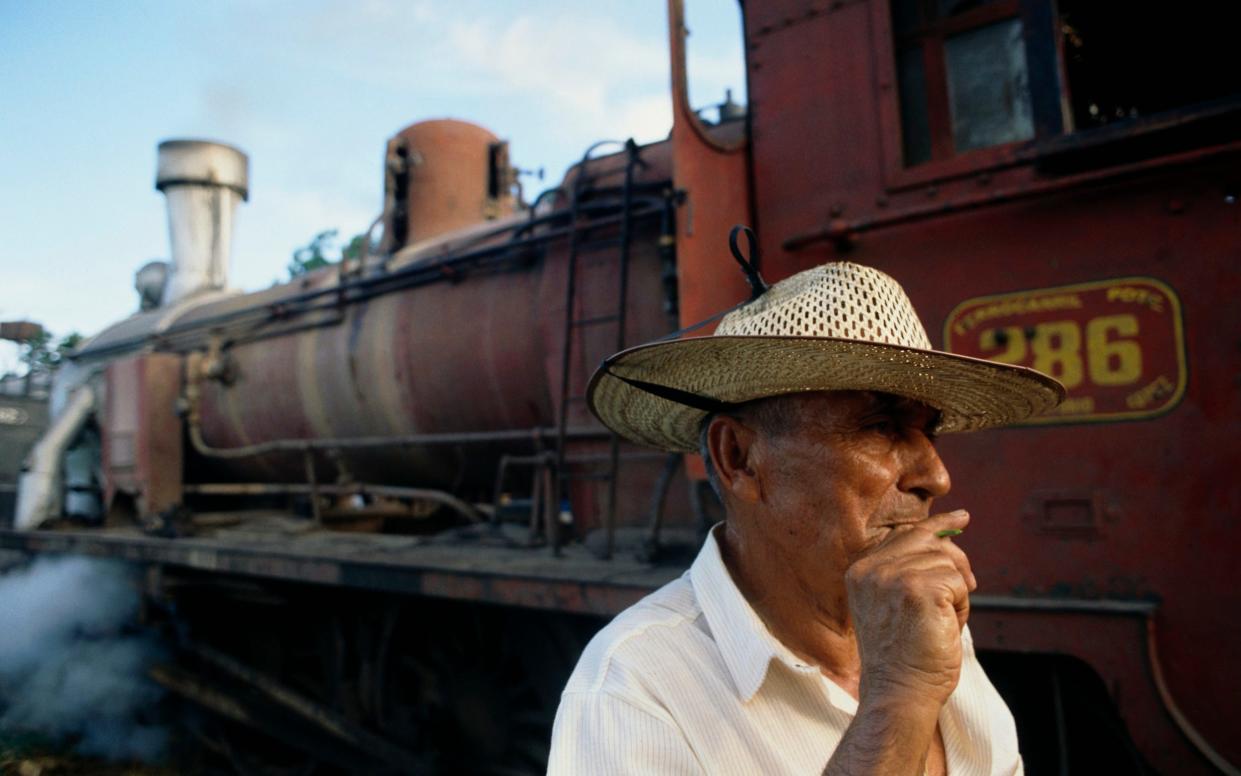
The baroque churches beneath emerald-hued hills remind me of Bolivia. Roadside grills serving every cut imaginable make me think of Argentina or Brazil. The laidback couples sharing gourds of mate and kisses in the park could be in Uruguay. The American malls and big fat pickups smack of Santiago de Chile.
It makes sense that Paraguay – landlocked, centrally located, oft-invaded – should share traits with its neighbours. The vast Chaco region, wide-open Pampas and tangled forests of the Atlantic forest indicate topographical continuities. It’s less logical that so few European tourists visit this subtropical nation, which has a permanent summer; as we trudge through winter sludge towards zero in January, Asunción basks in temperatures upwards of 25°C.
Visitors from the UK number only a few hundred; only a few thousand Europeans take the short flight from São Paulo or Buenos Aires. Small by South American standards, Paraguay is bigger than Germany and almost twice the size of Great Britain. It’s economically quite stable and relatively peaceful, and like many places unused to mass tourism there’s a friendliness and authenticity you might struggle to discover in other countries.
I’ve just made my seventh visit. Why do I keep going back? Well, principally because it intrigues me. Paraguay has seen some extreme historical events, including the Triple Alliance War that wiped out most of the male population, the 1932–5 Chaco War with Bolivia over oil resources that never existed, 19th- and 20th-century dictators that outstayed their welcome, “Aryan” oddballs who went there to create new societies, and Nazi war criminals, including Josef Mengele and Eduard Roschman, who went here to hide.
But, equally importantly, I continue to make discoveries which I think make Paraguay a genuine undertourism gem. Here are seven reasons you should give it a chance , either as a sole destination or as an add-on to a tour of one of the countries that border it – and, as Paraguayans will assure you, envy it.
Go on a mission
Paraguay’s one Unesco World Heritage Site is actually two: the missions of La Santísima Trinidad de Paraná and Jesús de Tavarangue. They’re close enough to visit in an afternoon, and while the ruins are roofless and the sacred art has been relocated, what you do see evokes the scale and substance of the Jesuit utopian experiment that landed in this region at the end of the 17th century and lasted till the order was kicked out of South America in 1767 by Pope Clement XIV and King Charles III of Spain, acting on behalf of jealous commercial and religious lobbies.
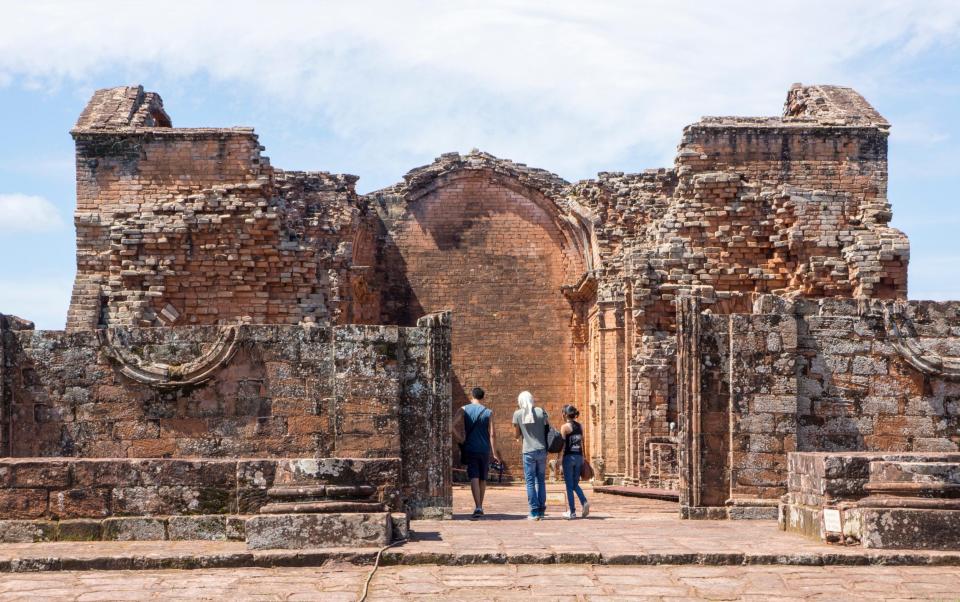
Red stone walls mark out priests’ quarters, schools where the native Guaraní were taught catechism and music, orchards and the main churches. The latter would have been the largest and most ornate buildings for many miles around on completion (though the church at Jesús was never in fact finished). Son et lumière every night at both sites, one after another, retell the story of how the Jesuits’ offered their flocks protection from marauding slavers from Brazil, converted and cooperated with them. Paraguay remains deeply religious. Many towns are named after Catholic saints. “Welcome to Jesus” is the sign outside one of the Unesco sites.
Stay in a model village
The missions are museums. The town of Santa María de Fe, which was founded as a mission in 1647, has no imposing ruins but is very much alive and has a communitarian, spiritual quality that might well link back to Jesuit times. It’s a good place to stay the night, with a delightful small hotel, a good collection of sacred sculptures – by European masters and their local understudies – and a beautiful plaza where locals relax in the evening in the company of a troop of howler monkeys. I attended the Sunday evening mass and it was informal, relaxed and convivial – the opposite of all my experiences of stiff Anglican parish church services.
When I visited there was a power cut at the museum, but seeing the life-size saints using my guide’s phone-torch was, in fact, amazingly dramatic. The focused, but wavering beam, the looming shadows and the total quiet were suggestive of something deep and ancient. After all, the original Guaraní worshippers would have seen Saint Michael killing the devil (dragons were too much like caimans) under flickering candlelight.
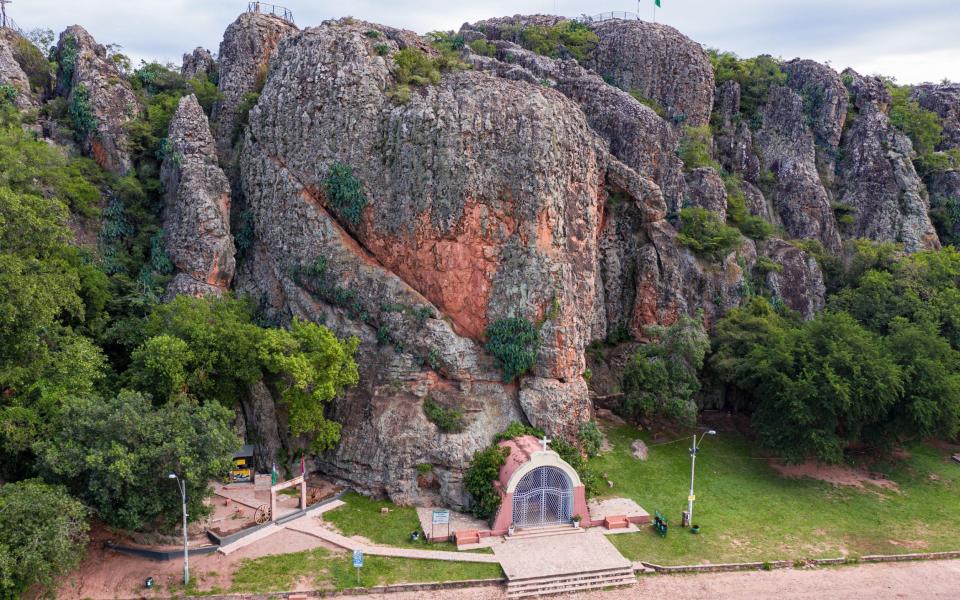
Explorer and botanist Aimé Bonpland, who travelled with Alexander von Humboldt, lived at Santa Maria. Not by choice; he was under house arrest as a spy, mainly because he was thought to have interests in mate production of which the Paraguayan dictator José Gaspar Rodríguez de Francia aka “El Supremo” did not approve.
Learn to drink yerba mate
While we’re on the subject, one of the biggest contributions the Jesuits made was to the tradition of the South American cuppa – or gourd, rather. Native populations had been picking wild yerba mate leaves for centuries, but the science-loving priests worked out how to cultivate it in commercially viable quantities. Today no self-respecting southern Paraguayan leaves home without his mate kit and a huge thermos flask of tepid or cool water; cold mate, called tereré, is popular at these sultry latitudes.
The Selecta yerba factory in Bella Vista – “the capital of mate” – has a great little museum, mate-tasting bar and guided tour that tells the story of the tea as a product and cultural symbol. When the Jesuits left, they took their scientific knowhow with them. For almost a century, the industry ticked over. In 1887, anti-Semite Bernhard Förster with his wife, Elizabeth Nietzsche, established an “Aryan” community 185 miles north of Asunción, which they named Nueva Germania. The settlement was a disaster. Förster took to the bottle and killed himself with poison at the Hotel del Lago in San Bernadino. His wife returned to Germany and, finding her brother, the philosopher Friedrich Nietzsche, suffering a mental breakdown, dedicated her life to mis-reading his work and framing it as proto-Nazi bile. Hitler attended her funeral in 1935.
A German immigrant from Nueva Germania, Friedrich Neumann, is credited with “rediscovering” the method of germinating mate and starting a new boom. The founder of Selecta, in 1942, were the Brönstrup family, also of German descent.
Paraguay has lots of connections to Germany; the Hotel Tirol in Capitan Miranda, where Mengele once stayed, used to be a “dark tourism” landmark. But it’s currently off-limits and the site is being redeveloped. The Germans were not the only ones to try racially motivated town-planning in Paraguay. White-supremacist Aussies attempted a similar experiment at Nueva Australia – now known as New London.
Visit graveyards, war museums and anti-monuments
Sapucai was once the Crewe of Paraguay. Steam-powered trains between Asunción and Encarnación on the Argentinian border were maintained here from 1894 until 1999. Large sheds are littered with rusting hulks of rolling stock and machinery made in Glasgow, Halifax, Sheffield and Newport, and there’s a reconstruction of the offices. A few tumbledown houses still stand in Villa Inglesa, where the engineers lived.
In Asunción, the Ministry of Defence Museum gives the lowdown on the Triple Alliance and Chaco wars, with maps, uniforms, display cabinets of armaments, torn and bloodied flags and some shocking casualty statistics: as many as 300,000 Paraguayan soldiers are believed to have died. The nearby Recoleta cemetery is almost as grandiose as the Buenos Aires necropolis which shares its name; a key attraction the is lofty mausoleum of Madama Eliza Lynch, the Cork-born wife of president Francisco Solano López, the leader who waged war against Argentina, Brazil and Uruguay.
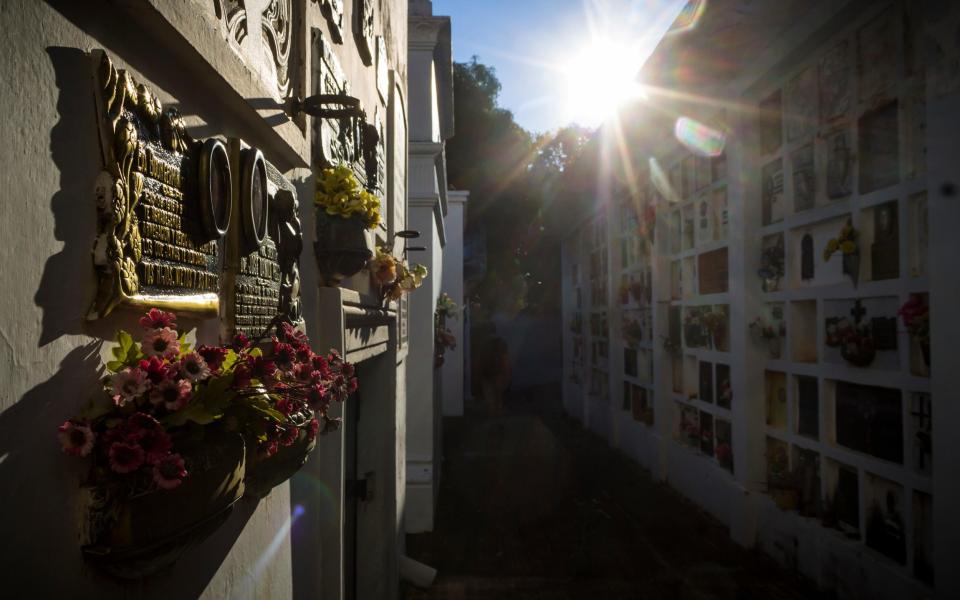
More up to date, but even darker, the Museo de las Memorias (Chile 1066) focuses on the atrocities perpetrated during the dictatorship of Alfredo Stroessner (his parents were Bavarian) between 1954 and 1989. The story is told through photographs, weapons, a replica of a cell and letters from American military personnel offering helpful advice on eliminating and torturing members of the public. In the Plaza de los Desaparecidos, downtown, is a “contramonumento” to Stroessner; the creator, Carlos Colombino took a “heroic” statue of the tyrant and had it crushed between two blocks of concrete. The twisted forms and grasping hand say it all.
At all these sites, I was the only tourist.
Wildlife, wetlands and weather
According to the World Tourism Organisation, Paraguay is home to 67 species of mammals, 670 species of birds, 230 species of fish, 117 species of reptiles, 63 species of amphibians and more than 100,000 species of invertebrates that inhabit the country.
To see a lot of these, you probably have to go to either the murderously hot, arid, tangly, snake-infested Chaco or the untamed, hard-to-access Paraguayan Pantanal – the wetlands are best known as a Brazilian destination but are in fact shared with Bolivia and Paraguay. Either trip is quite a feat, but the Ybicuí national park is easily accessible from the capital or from the Missions area, and is a great place to see subtropical flora and dozens of bird species. Leisurely twitchers will enjoy seeing hawks, owls, egrets, tanagers and parakeets on roadsides and in gardens.
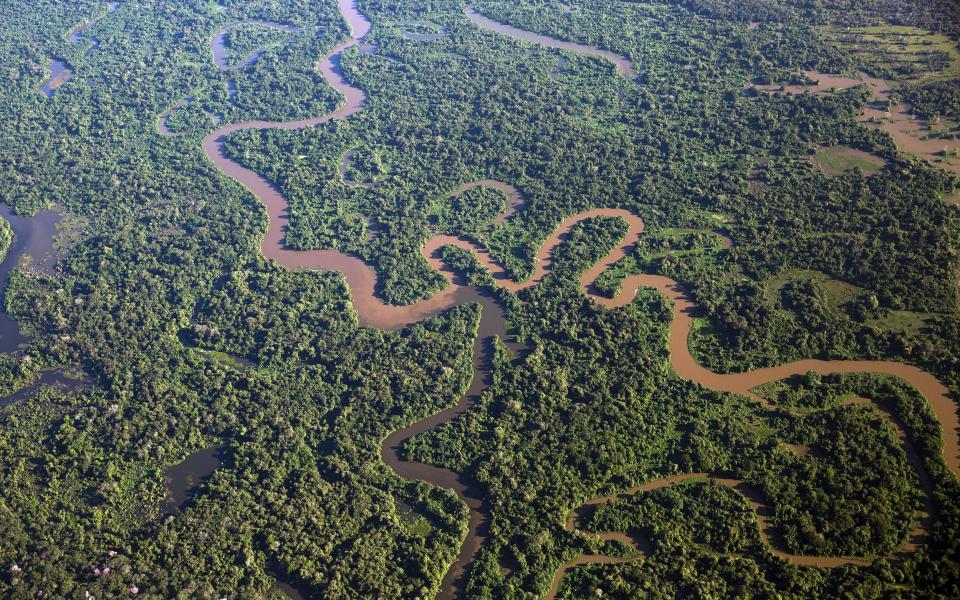
One caveat: Paraguay is a soya superpower. Habitat destruction is visible all over the country as the “green gold” replaces jungle, cattle-rearing, native fruits and mandioca, and exports are prioritised over ecology, health and wellbeing.
Witness the rise of Asunción
Central Asunción is of historic interest and a half-day exploring the government buildings, old train station, plazas and waterfront is highly recommended. To see the smarter, gentrified face of the city, head out to districts like Recoleta and Villa Mora. Residential streets, most lined with mango trees, are very walkable and fairly traffic-free off the main avenues. La Misión is a bona fide, rather elegant, boutique hotel, and Factoría an industrial-chic stunner.
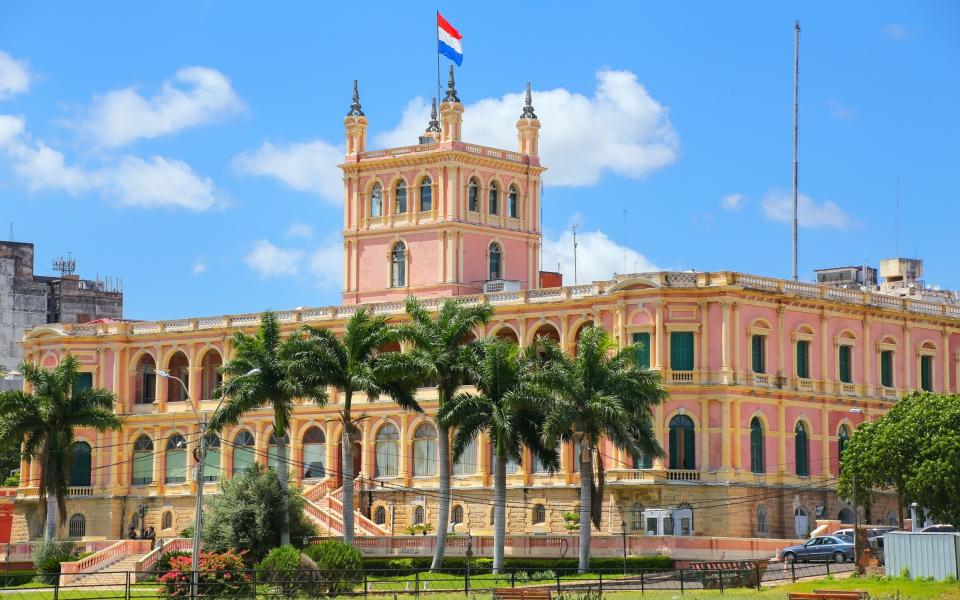
A lot of the middle-class locals seem to eat in shopping malls, but the hotels do great food and there are some small auteur restaurants – like Pakuri, which does gourmet twists on street food like sopa paraguaya (corn bread) and fish dishes, classy Mburicao and Tierra Colorada. There are also Brazilian-style churrascarias (grills).
Paraguay is quirky, magical and gringo-free
Chipa – a small baked ball of cheesy cassava dough – is the national snack. Like so much in Paraguay, its roots lie in Guaraní culture – the predominant indigenous group. The Guarani language is still widely spoken, and those not fluent speak a Spanish-inflected hybrid called Yopará. This sets Paraguay aside from most of its neighbours, where pre-Colombian languages and diet have been banned for centuries and effectively erased.
Another distinctive feature of the culture is harp music. Originally adopted for liturgical use by Capuchin missions, the Paraguayan diatonic harp is now the national instrument. Folk music is informed by European and South American traditions, and songs like El Tren Lechero (The Milk Train) and Pajaro Campana (Bell bird) are an essential part of the songbook.
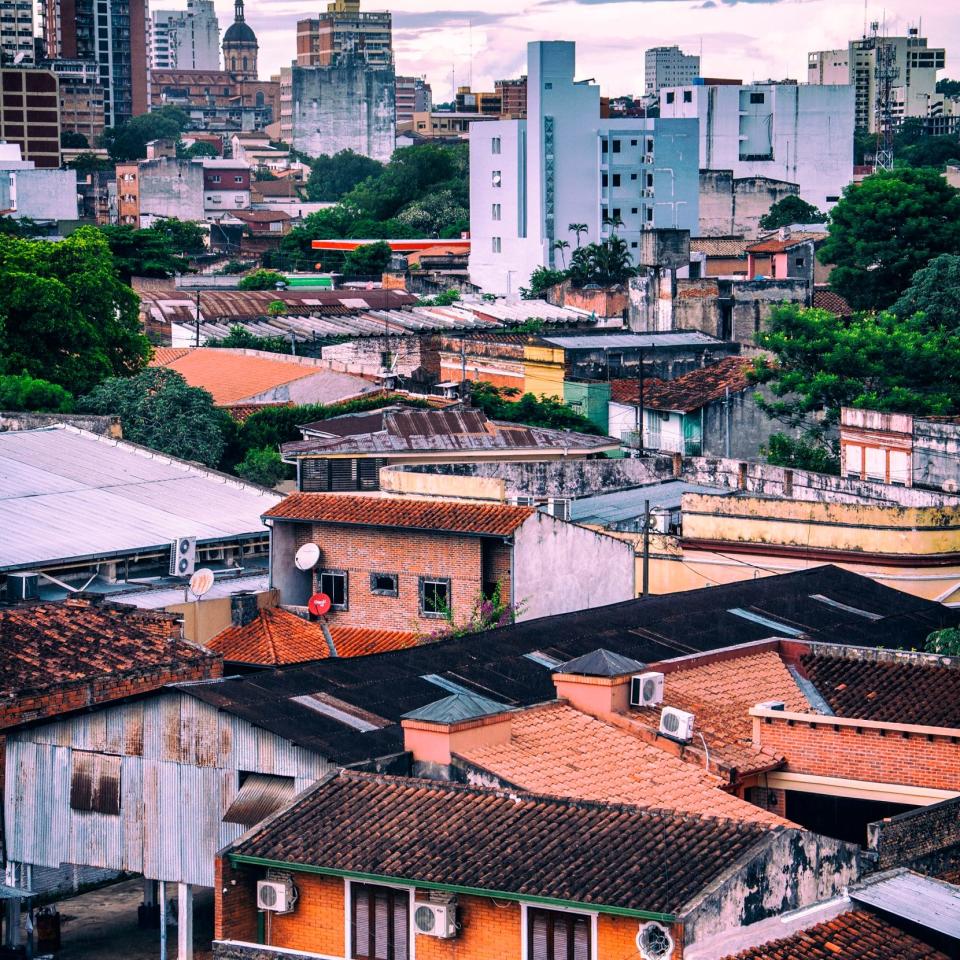
For all these idiosyncrasies, some Paraguayans have got a chip – or perhaps a chipa – on their shoulder. My guide-and-driver José Acosta spent many hours comparing his country favourably to Argentina (“chaotic, self-aggrandising”), Brazil (“imperialistic”) and other neighbours and nearby countries. Paraguay, he insisted, introduced the beef-based diet to southern South America when it imported six cows and a bull. Paraguay was rich and powerful till the others got jealous and declared war. Paraguay is the true home of mate. Paraguay has a bright future – which is why Brazil will want to invade it just like Putin did Ukraine.
When I mentioned to long-term expat resident Margaret Hebblethwaite – who has done much to support tourism in Santa Maria – that Paraguay is the heart of South America, a collage of many other countries, she responded, “Maybe, but they don’t care about us in those places.” Margaret pointed out that “the best thing about here is there are no gringos.” I have to agree. Though a few more won’t do any harm, should you decide to visit this year.
How to get there
LATAM flies London Heathrow to Asunción via São Paulo from £1,079.
Tour
Journey Latin America (020 8747 8315, journeylatinamerica.com) has a 14-day escorted group tour of Paraguay, Uruguay and Argentina. The Jabirú tour begins in Buenos Aires, proceeds to Uruguay by ferry, and continues to Paraguay to visit the Jesuit Missions and Asuncíon before finishing in Argentina’s Iberá wetlands. From £4,788 per person, including domestic flights, transfers, excursions, good-quality hotels on a B&B basis and some meals. International flights are extra. For more tours, see lata.travel


